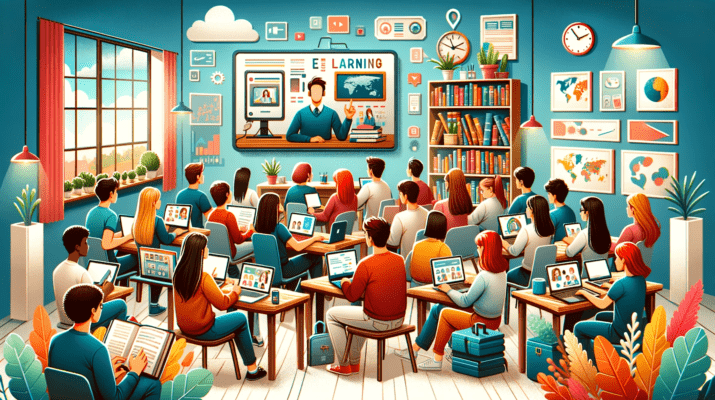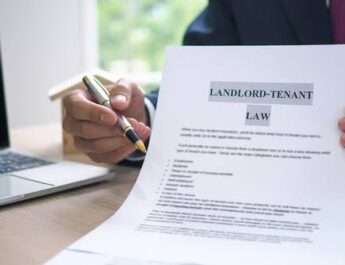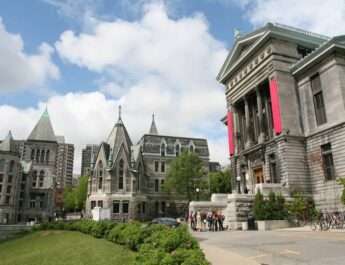As a powerful nor’easter moves into the Yonkers area, many schools are preparing to shift to virtual learning to keep students safe. With heavy snowfall and strong winds expected, school administrators have decided closing buildings is the best option to protect students and staff from dangerous travel conditions. The storm is forecast to bring over a foot of snow to Yonkers, making roads extremely dangerous.
Impacts of the Powerful Winter Storm
School officials have been closely monitoring weather reports predicting this major nor’easter will dump heavy snow across the region. Forecasters of Ledger News are calling for more than 12 inches of accumulation in Yonkers, with blowing and drifting snow likely. Wind gusts could reach up to 50 mph at times, which could down tree limbs and cause electricity outages.
With such a large amount of snow expected to pile up so quickly, road conditions will become dangerous. Snow-covered and icy roads, along with reduced visibility during periods of heavy snowfall, will make bus transportation risky and difficult. The powerful winds could also lead to difficult conditions. For the safety of students, faculty, and transportation staff, schools have decided to preemptively close buildings and transition to remote learning.
How Schools Are Handling the Transition to Virtual Classes
In preparation for severe weather closures, teachers and administrators have been planning lessons and activities for students to complete virtually from home. Schools will conduct classes over video conference platforms, with teachers taking attendance, delivering instruction, assigning work, and interacting with students just as they would in the classroom. Teachers have been asked to provide flexibility and support to families during this sudden shift online.
While virtual learning allows education to continue uninterrupted during dangerous weather, school leaders recognize it poses challenges for some students and families. Younger students in particular may have difficulties navigating video conferencing technology and staying focused on schoolwork without in-person teacher supervision. Parents may struggle with managing children’s online learning while simultaneously working from home themselves.
Steps Schools Are Taking to Support Students and Families
School administrators understand that rapidly transitioning to virtual learning can be frustrating and they are doing their best to provide support:
- For students without home internet access, schools are distributing wireless hotspots to enable participation in online classes.
- Paper packets with learning materials are being compiled for pick-up at school for families that need them.
- Technology help desks are being made available to aid parents and students with logging into video classes or accessing online assignments.
- Teachers are being asked to be flexible and understanding if students have issues completing work during the temporary online period.
- Counselors are developing tips for parents on establishing a learning environment at home and encouraging good remote learning habits in their children.
The goal is to make this time of virtual learning as smooth and accessible as possible for all students while grappling with the challenges of the severe snowstorm.
Tips for Parents During the Remote Learning Period
Here are some recommendations parents can follow to help their children be successful with online learning during the nor’easter closures:
- Designate a learning space: Set up a quiet, distraction-free workspace with school supplies and materials.
- Follow a schedule: Maintain a regular school day routine with designated online class times, breaks, and extracurricular activity time.
- Limit screen distractions: Close out non-essential computer tabs and apps during class time to keep kids focused.
- Stay in touch with teachers: Proactively communicate any issues or problems that come up so they can help.
- Encourage participation: Offer praise and incentive for attending and engaging in video classes.
- Go easy on yourself and child: Everyone is adjusting; don’t get frustrated and add pressure.
Additional Tips for Younger Students
- Allow breaks for stretching and being active between classes
- Sit next to them during classes to assist with tech and focus issues
- Be flexible. Learning won’t be perfect; just do the best you can
Being proactive, patient, flexible and working together with teachers will help ensure kids continue learning despite being homebound during the severe winter weather.
Planning for Reopening and Make Up Days
Once the storm has passed and snow clearing crews have worked to make roadways, parking lots, and sidewalks safe again, school administrators will announce when in-person classes can resume. Maintenance staff will labor extensively with snow blowers, plows, salt trucks, and shovels to make the school campuses ready for students to return.
Teachers and school schedulers are already planning adjusted calendars and make-up days to account for the temporary virtual learning period. Schedulers will look at upcoming vacation days that can be converted to in-person instruction days. Some schools may opt to extend the hours of remaining in-person days. Teachers will also modify upcoming lesson plans to reinforce key concepts students may have struggled with during the at-home learning.
Conclusion
The top priority is keeping students educationally engaged and safe during this major winter storm. While some adaptations will be required, schools are working hard to minimize disruptions to the learning process throughout the nor’easter.



